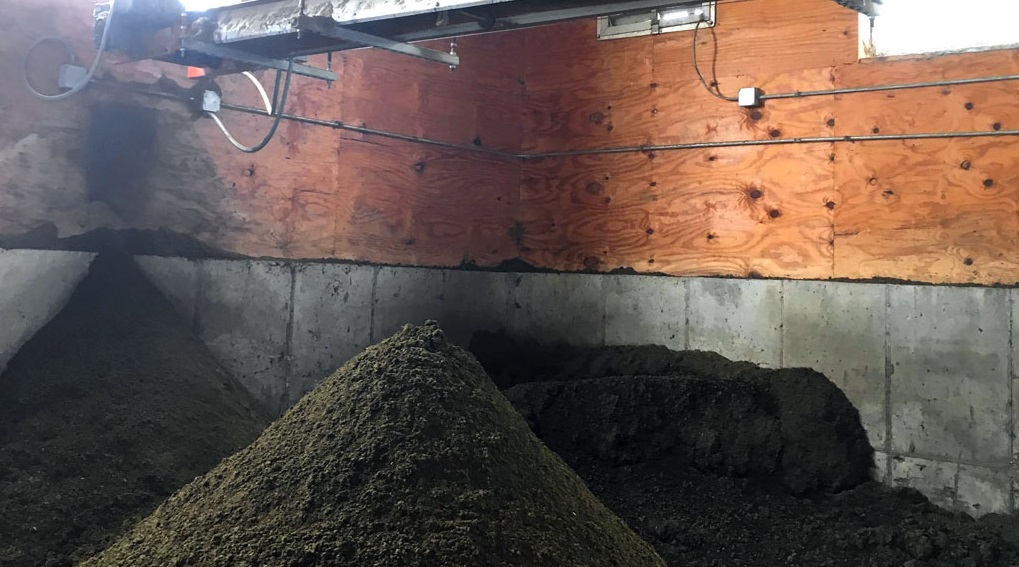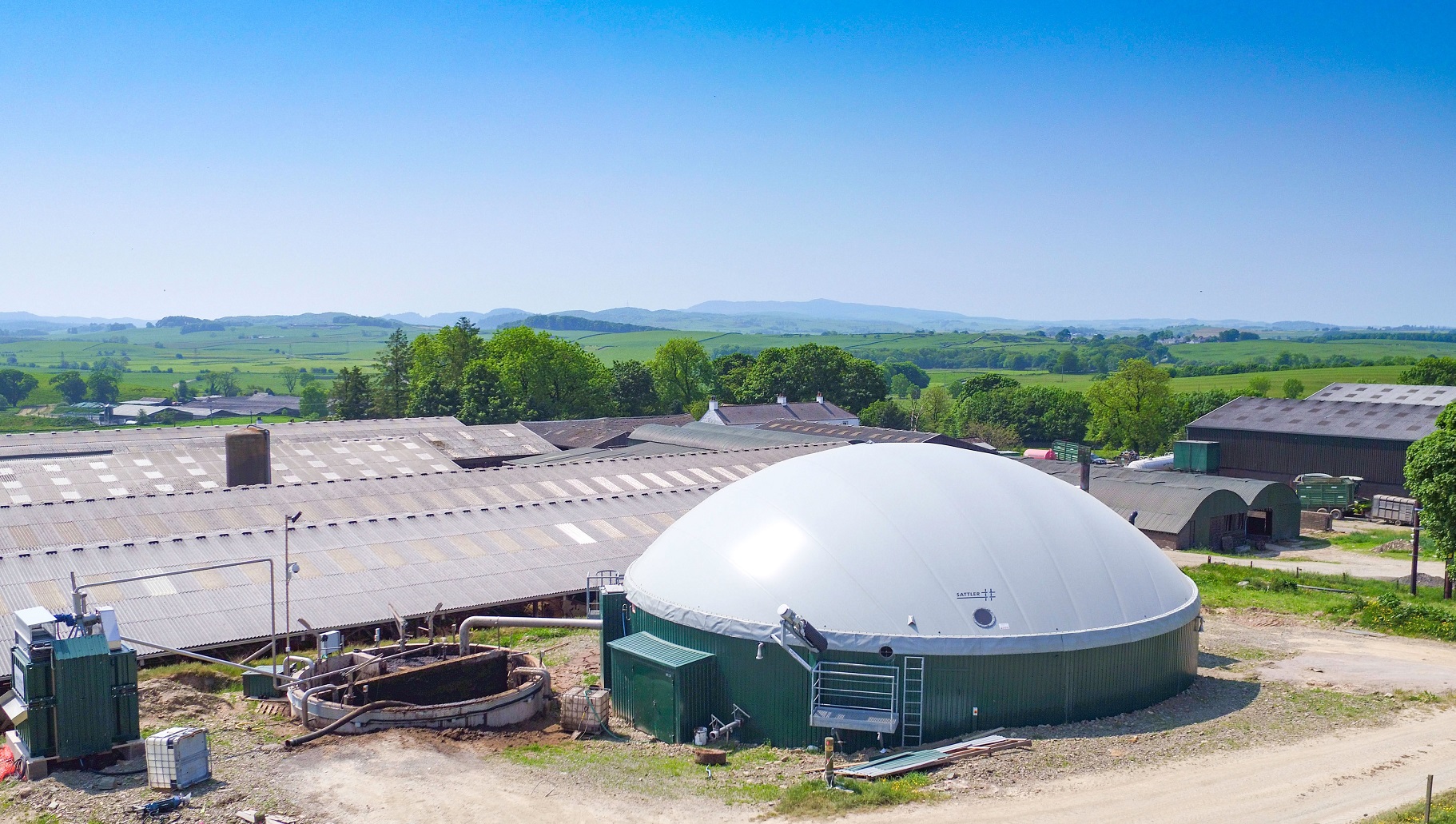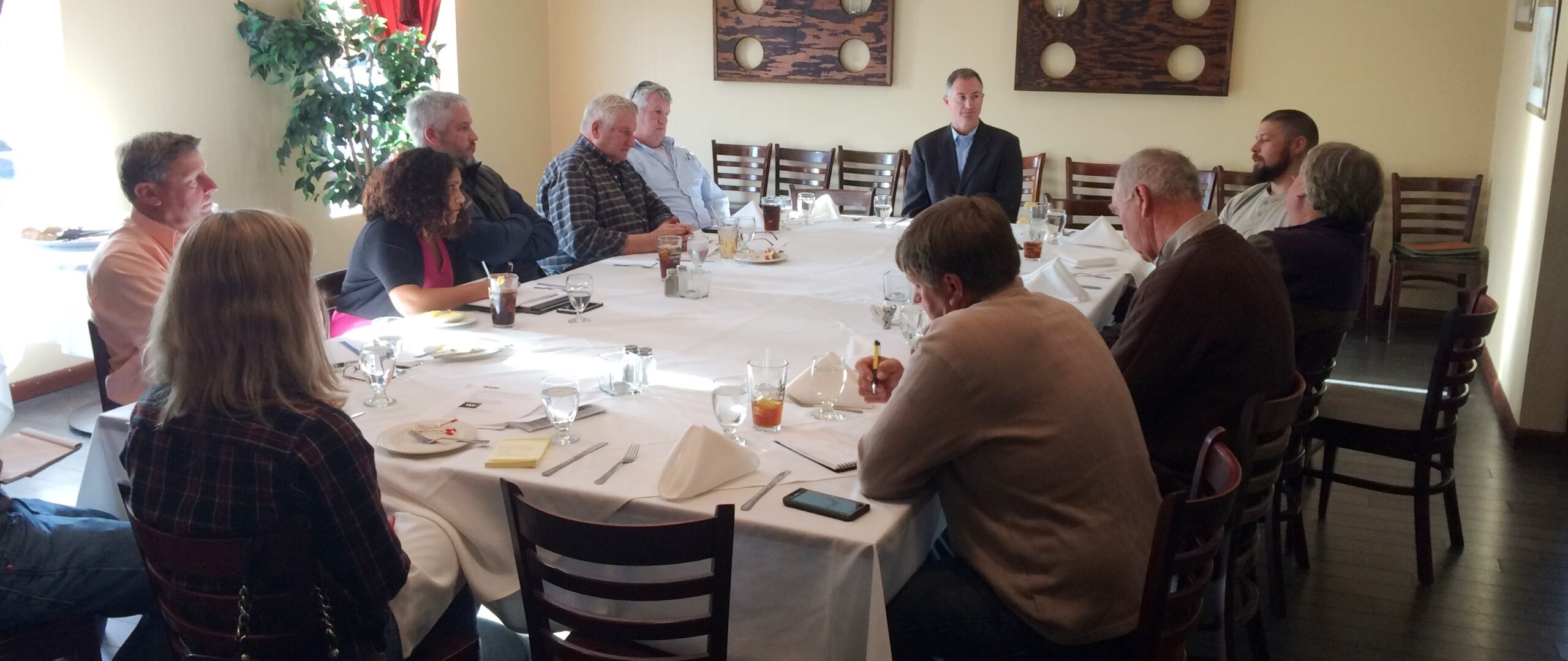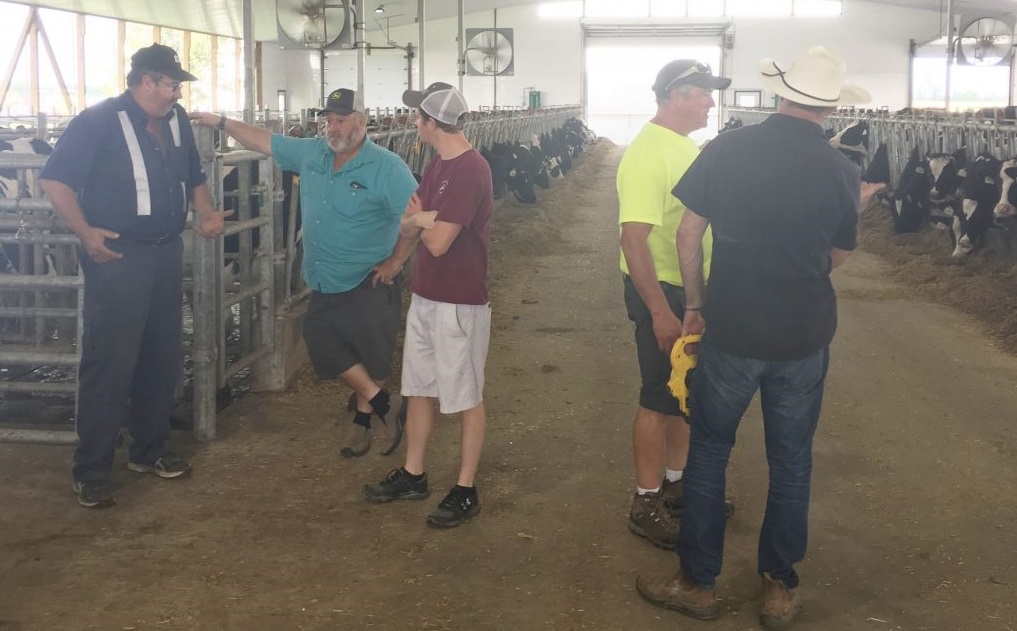Achieve financial security with a farmer-owned methane digester
Free Financial ProjectionFarmer-owned methane digesters maximize profits
Biogas projects make lots of money, but for whom?
A few years ago, milk prices were bad, grants hard to get and prices for renewable energy low. As a result, many farms could not afford a methane digester. Then in 2022, everything changed with $40 billion directed to USDA for greenhouse gas mitigation – making a biodigester affordable.
Big-money investors were attracted to America’s largest dairies due to the high prices paid for biogas, particularly RNG (renewable natural gas). As always, however, these investors want equity and maximum profits.
Forgotten is the fact these projects couldn’t exist without hard work at the farm to produce the “liquid gold” (manure) needed to feed a digester.
Agricultural Digesters LLC focuses on the farmer-owned business model. Rather than significant equity in one large project, we build our success on:
- Economies of scale by developing many, similar, dairy methane digesters
- Establishing multiple revenue streams beyond the sale of energy
In this model, the farm keeps the vast majority of the profits and gains the income needed to ensure long term financial viability.
Our “Explainer” video describing the revenue streams available to farmers from an anaerobic digester including payments for reducing the greenhouse gases that cause global warming.
Frequently Asked Questions

Are there grants and incentives?
Yes, financial support is available via the 2022 inflation reduction act.
Agricultural funding programs have increased in historic proportion due to $40 billion directed toward agriculture to fight climate change. This includes billions of dollars for two traditionally underfunded programs focused on biodigesters – the Rural Energy for America Program (REAP) and Environmental Quality Incentives Program (EQIP).
Agricultural Digesters LLC also monetizes carbon credits and RINs to provide significant farm revenue from biogas energy.
How do I maximize benefits at my farm?
Work with experienced professionals.
Unlike wind and solar energy, biogas systems (anaerobic digesters) have lots of “moving parts” and potential revenue streams based on circumstance. Since farmers want to farm, Agricultural Digesters handles all development steps through launch. Including:
- Calculating economic feasibility over 20 years.
- Identifying all revenue streams available including energy sales, environmental benefits, bedding and heat offsets, Compost and peat moss replacement sales as well.
- Knowing the available grants and obtaining them.
- Matching each farm with the right equipment provider.
- Obtaining electrical interconnections or upgrading biogas (RNG).
- Identifying and obtaining organic feedstocks to increase output.
- Finding investment by leveraging the Investment Tax Credit.
- Consulting on the permitting process.
- Operational guidance and equipment servicing post launch.
![IMG_0027bSlightCROP[1]](https://agriculturaldigesters.com/wp-content/uploads/2020/01/IMG_0027bSlightCROP1.jpg)
We are familiar with the strengths and weaknesses of European and American manufacturers of biodigesters for the production of renewable natural gas or green electricity. This means long financial term peace of mind for our farmer/clients.

A manure separator can process digestate from the anaerobic digester at a dairy farm. Odor and pathogen free, the solid fraction provides free, superior, animal bedding – offsetting tens of thousands of dollars annually. The liquid fraction is more easily spread on fields, especially via draglining and is more “plant available”.
My cows love sand so I will never switch!
Are digested bedding solids as good as sand bedding?
Bedding on sand is understandable. Respected institutions such as Cornell University feel sand is best. But farms should also consider using solid digestate as bedding. They should weigh the additional “cow comfort” that can be purchased when all electricity and bedding costs are eliminated by a digester. For example, more workers can be hired and feed quality improved. View video of experienced nutrient manager discussing digested solids.
In addition, it is now possible to bed cows on sand without damaging digesters. For those farms, the best of both worlds?
How valuable is biogas energy?
Going off grid, eRINS and producing renewable natural gas.
If your state pays little for renewable electricity you can supplement this income with a new revenue stream for projects if the expected eRINS program passes. It will allow the monetization of the environmental benefits from a digester producing electricity at a surprisingly high rate per kW. Agricultural Digesters has specialists who will do this for your farm.
Another option for larger farms located near pipelines is to upgrade their biogas to “pipeline quality” renewable natural gas (RNG) and inject it. Costs are higher but so are profits.

Small (124 kW), above ground, stainless steel anaerobic digester. Agricultural Digesters LLC is the exclusive representative for this custom sized systems in Vermont and other regions. It features a low cost, requires limited maintenance and provides significant income to dairy farms of all sizes.
![photo3[1]](https://agriculturaldigesters.com/wp-content/uploads/2020/01/photo31-1.jpg)
Biodigester in USA for 1,400 cows. Above ground, complete mix, German designed, system for the anaerobic digestion of food waist and cow manure.
Will it work? I heard horror stories!
Anaerobic digestion is proven technology.
Many farmers are not familiar with the proven international manufacturers that have built hundreds of successful anaerobic digesters. We know them and can find the one best suited to your unique situation.
A proven digester manufacturer has decades of experience not only refining their technology but observing the impact of different feedstocks (e.g. cow, pig and chicken manure as well food waste). They have seen every conceivable problem and developed solutions that keep biodigesters operating for decades – something important to investors.
Will my farm smell better?
85% to 90% odor reduction improves real estate prices, reduces neighbor complaints and improves quality of life for all.
Studies suggest a digester reduces manure odors 85%-90%. This means higher surrounding property values as well as fewer legal complaints from area homes and businesses.
At one Vermont farm, an elementary school is located less than 100 yards from its manure pit. When launched, the methane digester under contract will eliminate this distraction to students. “Future farmers” will see first hand not only the economic benefits of biogas energy, but also the importance of dairies being good stewards of the environment.

Standing on top an American made digester are visitors from the Government of Taiwan. Muir took them for a tour of farms in Lancaster, Pennsylvania. They later submitted a report for the Taiwan EPA.

Meeting for southern New England farmers Jim Muir organized that included the Connecticut EPA, a generator provider and representatives of five interested dairy farms. They heard from Jedd Moncavage of Team AG (far right) who traveled from Lancaster County, PA to share his experience with digested manure solids at the ten dairy farms he services. Here is a link to a page with Jedd in Pennsylvania sharing this with a visiting group from China. Today three of these have an operating digester, one has a large RNG digester under development and the fifth plans to truck their manure to that farm.
Will a digester make my manure management easier and less expensive?
Some nutrient managers have said that in a perfect world, every dairy farm would use draglining, injection, no-till (or partial no till), solids separation and – an anaerobic digester!
Draglining separated liquid digestate is easier and less costly than raw manure (less time and fossil fuel needed). In addition, the liquid digestate is absorbed by the soil more easily, especially when injected. It is more plant available and has less water-soluble phosphorus. In those areas where phosphorus runoff into lakes and streams is a major problem (e.g., VT, NY, CT and WI) it provides a major water quality benefit. Learn more here.
As mentioned, the separated solid fraction is commonly utilized as bedding material. If used fresh, it reduces Mastitis rates. Excess bedding can be sold as a valuable organic compost or peat moss replacement.
I’ve heard of farmers up at 3 a.m. with their methane digesters. Seems like there is always something to fix?
Challenges occur when a digester is fed different organics from various sources, in varying amounts, at different times. This does not happen to the farmer who uses consistent slurry waste from his own farm – for example, manure. Another sure way to limit operational supervision time is to co-digest a small percentage of the same off-farm substrate, such as brewery waste, in consistent quantities, on a regular basis.
This is not to say co-digesting multiple feedstocks is a bad idea. Such a system near a population center attracts tipping fees from food waste haulers and can be more profitable than a “manure only” digester.

While Vermont farmers listen intently, Canadian farmers describe the financial benefits and also the significant time required, to operate a large, biogas system that co-digests food waste. Today, these farmers have received grants and are developing digesters.
Get a free financial projection for your farm
Since the success of a methane digester depends on future farm operations and manure supply, we prioritize the financial benefit to each
farm. Our business models are farmer-owned and a partnership, so that farmers and any investors/lenders are assured of steady income from the date of launch. Contact us to learn how a digester will benefit your farm.
